|
If you haven’t been paying attention, the summer season is slowly shifting into fall with decreasing temperatures and shortening day lengths. Birders know about these things as they watch migrating birds moving through the state to escape cold weather. Hunters realize that elk and deer will be moving to different areas of their range to avoid deep snow. Perhaps you’ve wondered, “So what do snakes do when the cold weather season approaches?” Because snakes cannot produce their own body heat, they must find a way to stay out of freezing weather until spring. The only place available to avoid freezing is underground, and between now and October, snakes at South Table Mountain will begin the autumnal migration, a gradual movement which directs them to places they know will be below the frost line and give them protection against freezing. Most snakes enter a subterranean location by mid-November, staying put until perhaps late March, a duration of time called “hibernation”. The location where snakes reside for the winter below the frost line is termed a “hibernaculum” or “den”. Hibernacula (plural of hibernaculum) are critical to the survival of snake species living in temperate zones with cold winters. Without hibernacula, snakes would not survive to reproduce and prey on species, such as rodents, which need the pressure of snakes, birds, and mammals to keep them in check. One example of a hibernaculum with an entrance under a boulder. Note there are three rattlesnakes visible! Hibernacula are very difficult to identify without snakes present and should remain undisturbed. Photo provided by Derek Carlson --You may ask, “Now, where would a snake find a suitable subterranean hibernaculum in the vast area of their home range?” Snakes take full advantage of ways to get underground by utilizing rodent burrows of all kinds, such as those belonging to thirteen–lined ground squirrels, prairie voles, and prairie dogs, as well as subterranean passages between rocks that take them deep underground. In areas of their range where hibernacula are not found easily, snakes have learned over hundreds of years or more to use a particular location that supports survival. Up to hundreds or thousands of snakes use this hibernaculum, also known as an ancestral den. In the Front Range area of Colorado, the geologic formations that make up these mountains create large numbers of underground cavities within rocky hillsides that are easily accessed by snakes. Locating a suitable hibernaculum is then relatively simple. Young of the year juvenile snakes commonly follow the scent trail of adult snakes in the fall to discover the best routes to the hibernaculum, or they simply use the nearest rodent burrow and hope that it’s deep enough. Commonly, several different species of snakes, such as bullsnakes, rattlesnakes, garter snakes, and racer snakes occupy the same hibernaculum during the winter without conflict, and in the spring they all go their own way. With some snake species, such as rattlesnakes and garter snakes, a mild winter day may allow a few individuals to surface at the hibernaculum opening and enjoy the warm sun without exposing themselves totally to predators. Otherwise, most snakes remain underground and out of sight until the warming days of spring begin to heat the soil and rocks, which eventually warms the interior of the hibernaculum and out they come! Stay safe on the trails as rattlesnakes begin to move to their hibernacula! Photo by Ryan Borgmann What should you do if you encounter a rattlesnake on a trail?
What should you do if you are bitten by a rattlesnake?
How should you protect your dog?
-Bryon Shipley
2 Comments
Here’s our latest look into tracking Prairie Rattlesnakes at South Table Mountain in partnership with Jefferson County Open Space, VCA Alameda East Veterinary Hospital, and the National Renewable Energy Laboratory. A 2018 research rattlesnake, ST4, on the trail. As anticipated (and discussed in our previous blog), at least two gravid (pregnant) Prairie Rattlesnake mothers gave live birth to neonates around August 19th this year. The exact number of neonates born this year is unknown, but the average litter size for Prairie Rattlesnakes is 12, however this can vary depending on the age and size of the mother (Hammerson, 1999). Moms stay with their neonates through their first skin shed, which is about 7-10 days after birth. The mothers we are tracking have now moved on to find food before winter. A neonate rattlesnake born this August to one of our research snakes. Right now, the neonates are still at the rookery sites, but they may likely be moving on, too. Neonates make a vital push to locate their final meals of the season prior to overwintering. However, some neonates may not be successful. As they move about in search of food, they are easy meals for many predators like birds, skunks, foxes, and even other snakes like Central Plains Milksnakes and Yellow-bellied Racers. (This is normal and neonate snakes are food for other wildlife. In biology jargon, we call this compensatory mortality…and you see this in many other wildlife species such as sea turtles.) A neonate born this year, see how small it is! An adult is about 3-4 feet long. Now what? Well, we’re about ready for the final “push” of the season. All snake species will be seeking final meals and start heading back towards overwintering sites. Snakes may start arriving at overwintering dens by mid-September and this continues through October, but some may not arrive until November, which is less common. This push, along with cooler nights, means that snakes will begin moving more during daylight, increasing the number of snake sightings. Neonate and mom from our 2017 research project on North Table Mountain. Notice the rattle "button" on the neonate! Every time it sheds a new rattle will form! JCOS received two reports of visitor-killed snakes on the trail. Engaging with a snake and leaving a dead snake on the trail is way more dangerous than practicing the 30/30 rule (see below).
This is why killing snakes is not only inhumane, it is also exceptionally dangerous not only to the person killing the snake but also to the hundreds of pets, kids and people that will pass the dead snake after the visitor who killed the snake is long gone.
C.9. Wildlife Protection: It shall be unlawful for any person, or any pet under their custody, control or ownership, to harass, chase, harm, capture, kill, maim or possess any wildlife including, but not limited to, mammals, birds, reptiles, amphibians and fish on Open Space Lands. Fine: $300.00
What should you do if you encounter a rattlesnake on a trail?
What should you do if you are bitten by a rattlesnake?
How should you protect your dog?
The latest look at the rattlesnakes we are tracking on South Table Mountain! Photos by Ryan Borgmann Hot. Smoky. Stormy. It’s been somewhat uncomfortable outdoors recently. For Prairie Rattlesnakes, it’s a special time of year. Babies will be born soon. Last year, at North Table Mountain Park (Jefferson County Open Space) we saw our first rattlesnake babies, referred to as “neonates”, around the first week of August. More neonates were discovered a couple of weeks later. Rattlesnakes, unlike many snakes, give birth to their young rather than laying eggs. For the past six or seven weeks, expecting mothers likely have been near rock outcrops under good cover while also having opportunities to bask throughout the day. Often times, mothers will share a rock with other female rattlesnakes.This shared space is referred to as a “rookery” (a term important to birds, too). We’re watching three rookeries at South Table Mountain this year. The mothers move back and forth between sun and shade to regulate their temperature, allowing proper development of their embryos. In fact, one female is observed regulating her temperature on one side of a rock in the morning, and then another side in the afternoon. Mother and baby rattlesnake at North Table Mountain Park on August 17, 2017 On the Front Range, neonates are born during the middle weeks of August. What happens next is amazing, and we learn more and more with each study. After the young are born, the mothers stay with their newborns. Many reptiles do not do this. For example, sea turtles lay eggs on the beach and then go right back to the ocean. This maternal behavior is not well understood and is limited in length. After 7-10 days (on average) the neonates shed their skin for the first time. At this point, the mother leaves to presumably feed and restore reserves to survive the winter. Where neonates go is poorly understood, and it’s not clear how many of them find an overwintering den and survive to see the next spring season. Young rattlesnakes are hard to detect. They’re small for starters, at around 6”-8” or so. Then, they’re quiet. They do rattle, but it’s hard to hear because their rattle is small; consisting of only a few links or segments. Neonates shake their tail, but only have a button, which is not audible without any other links, which are added at each shedding event. Young rattlesnakes have slightly different venom properties. Their venom is adapted to help kill and digest bugs and lizards. Since young snakes are small, they don’t deliver a lot of venom. As they mature the venom shifts to properties adapted to kill and digest small mammals, though some rattlesnakes continue to eat lizards as the opportunity presents itself. Larger snakes may deliver larger amounts of venom making them more dangerous if you are bitten. Mother and neonates, August 17, 2017 at North Table Mountain. For now, we continue to track our 15 rattlesnakes throughout South Table Mountain. We will keep you up to date as the young are born! Above is a current map of the rattlesnakes we are tracking at South Table Mountain. What should you do if you encounter a rattlesnake on a trail?
What should you do if you are bitten by a rattlesnake?
How should you protect your dog?
This week we have a guest writer, Andrew Hoffman, a Ph.D .student at Ohio State University. Andrew is part of the Peterman Lab, led by Dr. Bill Peterman. The Peterman lab is conducting research on timber rattlesnakes. We are excited to share their story with you. And now a word from our guest… Persecution and unregulated forest clearing resulted in the near-extirpation of Ohio’s timber rattlesnakes. Ironically, regulated timber harvests may be the very thing that kept them around. Timber rattlesnakes once occurred in suitable habitat throughout most of Ohio, but populations are now centered on only a handful of State and Federal Forestry lands. These properties are the largest remaining forested lands in the state, but they exist because of timber resource needs. The fate of the timber rattlesnake in Ohio is now intricately linked with forest management practices, a situation that is mirrored in many other states. During 2016, we began capturing and implanting radio-transmitters into timber rattlesnakes in southeastern Ohio to study their movement patterns and habitat use in a landscape with a long history of varied management practices. We are now in our third field season with movement data collected for 35 snakes (currently tracking 27) and have learned quite a lot! Below, I’ve listed a few of our findings: One of our largest males catches some sun on a fallen log Denning Behavior – Timber rattlesnakes are known for congregating at large, communal overwintering dens in and around rocky outcrops and cliffs, but snakes at our site behave quite differently. The 27 snakes we are currently tracking use 18 different den sites, and many appear to den alone. Moreover, most of these dens are nondescript holes on forested slopes with variable aspects. We also rarely see snakes at our study site basking near their dens (even on remote, time-lapse cameras). Though this may mean overwintering habitat is not limiting in southern Ohio, it makes it difficult to predictively model and locate unknown dens. We are also interested in when spring emergence happens and how snakes use the landscape during April, as this is the time when foresters conduct prescribed burns. A nondescript rattlesnake den at our study site on a forested slop Snake Fungal Disease (SFD) – The emerging fungal pathogen Ophidiomyces ophidiicola is, at best, a stressor on many North American snake populations and, at worst, a real threat to many species, especially pit vipers. We confirmed the presence of this pathogen in 2017 and again in 2018. Of the eight snake mortalities we’ve observed, four tested positive for this pathogen prior to death. Though some of these snakes were not symptomatic and were presumably predated, we are confident that SFD played a role in the death of at least two snakes. Though SFD clearly is a stressor in our population, five SFD-positive snakes remain healthy and have not shown symptoms of the disease. One large SFD-positive male was healthy during 2016, emerged during 2017 with numerous lesions, and went on to seemingly fully recover from the disease by the fall after a year of reduced movements and repeatedly shedding. We will continue swabbing our study animals biannually for SFD and monitoring the movements and habitat use of affected snakes in hopes of better understanding the effects of this disease on timber rattlesnakes in the wild. A female in our study displays the characteristic facial lesions of Snake Fungal Diseas Habitat Use – The question at the core of our study is how do different forest management practices affect the way timber rattlesnakes use the landscape? This is a multi-faceted and complex question that requires data on important resources for the snakes (e.g. food and thermally suitable sites), movement and habitat use data, and landscape/habitat metrics for the property. Though much of this work is still under way, our preliminary analyses are beginning to paint a picture for us. The figure below is taken from one of our recent poster presentations and highlights the variability we see at our site. Most snakes appear to be using disturbed habitats (sites that were previously cut or burned) more often than expected given their availability, but some snakes appear to avoid disturbed sites. In the future, we plan to use more detailed GIS data and more extensive telemetry data to determine whether certain management regimes result in habitat that snakes use preferentially and to what degree sex, body condition, and time of year dictate patterns of habitat use. Though we still have a long way to go to better understand how forest management is affecting rattlesnakes in Ohio (and beyond), we are encouraged by how robust our study population appears to be and that snakes use both heavily disturbed, young woods and relatively mature forests extensively. We also try to engage in as many outreach events as we can, including programs to help educate the general public, landowners, and forest managers about this remarkable species! If you want to follow the lives of the snakes we are tracking, check out our Twitter feed @TimberTweets. An adult female catches some rays in the waning days of fall 2017
Before we begin, let's review a few things: What should you do if you encounter a rattlesnake on a trail?
What should you do if you are bitten by a rattlesnake?
How should you protect your dog?
Now, we can move on... What have we done so far this year? Jefferson County Open Space (JCOS) is working to formalize more recreation opportunities on South Table Mountain. To assist JCOS, Adaptation will be surveying proposed trail routes and parking areas to better understand how rattlesnakes might also be using these areas. We also want to know how rattlesnakes use the mountain during active months and where they spend the winter. To facilitate this, we will collect and surgically implant transmitters in 25 snakes. So far, we have collected 13 rattlesnakes and Dr. Kevin Fitzgerald, with Alameda East Veterinary Hospital, has surgically implanted radio transmitters into them. We will continue to collect rattlesnakes until we reach our goal of 25 and we have started tracking the first 13. Above is a map of the first 13 rattlesnakes we found on South Table Mountain. Above is Prairie rattlesnake #3 overlooking the city of Golden. If it wasn’t for our awesome volunteers we would not have found so many in such a short time! One of our volunteers searching for prairie rattlesnakes and enjoying a fantastic view! Many of the rattlesnakes we have found have had a nice meal in their belly. Chris, one of our volunteers, with a Central Plains milksnake that was found crossing the trail. Here is Ryan with a large bullsnake that one of our wonderful volunteers found. #9 was on the move one evening. We tracked him into the nice evening glow of the sun. We will keep you updated as the season continues. If you happen to see us while we are on the mountain, stop by and say, “Hi.” We are always happy to talk with park visitors. Until next time, keep one earbud out, keep your dog on a leash, and enjoy the beauty of South Table Mountain.
Periodically, we will have guest bloggers, sharing stories and insight about all things rattlesnakes! Here is our first guest blogger of the season, Bryan Hughes, of Rattlesnake Solutions in Arizona, giving us some insight about urban rattlesnakes! ------ If you live in an area where rattlesnakes do, you may be like thousands of people across the country each day who have an unexpected encounter where you least expect it. While the bunnies and birds who are the intended target of baths and feeders are welcome sights, other wildlife will also show up, and this includes rattlesnakes. Even if your yard looks like the surface of Mars and wildlife doesn’t want any part of it, you can still get the occasional wandering rattlesnake show up for a bit of shade against the side of the house, or just passing through. So what can you do to keep snakes out of your yard? The first is the reduction of habitat. If you are offering food, water, shelter, or all three, you are inviting wildlife to use it. Get rid of any debris, remove leaf litter and keep landscaping tight, and only water what needs watering. If you’re on the fence about whether or not one of your bushes is pulling its aesthetic weight, get rid of it. If you’ve got an impenetrable jungle of rosemary that you’ve had on the list of stuff to take care of for months, get to it. The more places and spaces that offer shady refuge, the more animals can potentially use them. If not rattlesnakes themselves, their prey may be using them, and attracting rattlesnakes from well outside your property. If you have a pest control guy that’s selling you snake-a-way or some other stinky stuff to keep snakes out: good news, you can stop the service and save some money each month. These snake repellent products do nothing to deter snakes; the only effect is a yard that smells like a cat box and a bottle of windex had a baby. How do I know? I have personally captured hundreds of rattlesnakes from inside a snake-a-way perimeter. My team here in Phoenix has seen no difference at all in the possibility of rattlesnake encounter at homes that area treated with snake repellents and those that have not. The most effective method is to build a physical barrier. Rattlesnakes can climb to some extent, but are not able to go up straight and flat surfaces without supporting texture. If you have cinderblock walls or a fence around the property, you’re halfway there. What you really need is something called snake fencing, or a rattlesnake fence. A rattlesnake fence is a series of preventative barriers that are attached to existing structures that seal open areas to an area smaller than the smallest baby rattlesnake, or about ¼”. What’s a rattlesnake fence, and what do I need to know about it? It can me made of many materials, but we have found that steel is best. The rattlesnake fence techniques we have worked out here in the brutal Phoenix weather would work anywhere, but each region may differ based on soil type and other factors, like precipitation. In general, stay away from materials that aren’t going to hold up well to the sun and elements. Steel mesh and steel plating will do this the best. The snake fence needs to be constructed in a way that leaves no area open. A rattlesnake fence goes around the entire property but leaves a 2” gap in one area makes the yard an effective snake trap. While it may seem like just blocking the area nearest to the open wilderness would deter snakes, it can in fact do the opposite. Snakes movements often follow the outer edges of surfaces, as do the rodents that they eat that the snakes may be following. We have many projects that we unfortunately have to turn down because the home owner wants to snake proof the whole yard but leave a gate unprotected. While we are happy to have the opportunity to have the business, ethically we know that we cannot create something that could make the situation even worse. There is a lot to understanding the little things; the small situations where a gate doesn’t quite match up with the wall, or the back of a fence bends up in a way that prevents a straight line of mesh, etc.. This is where having a group of installers who actually work with rattlesnakes or have some expertise with rattlesnake behavior is a must. Being able to interpret a situation and predict how a rattlesnake may interact with a feature, coming from a place of knowledge and experience of how rattlesnakes actually behave and move, can make the difference. While there are some snake fence projects that are done by handymen and pest control companies, even DYI by the home owner, that rattlesnake experience is often what really separates the effective fences from the ones that we are called to catch one that slipped in. More than half of our rattlesnake fence projects are re-work of existing fence projects that failed to effectively stop rattlesnakes. This is a job that must be done correctly, or not at all in most cases. Why is rattlesnake fencing important?
Even if you don’t have a home bordering a wild area where a rattlesnake on the patio is a possibility, rattlesnake fencing and the development of a workable standard is an important component to wildlife conservation. Relocation of rattlesnakes, when done properly, is a great way to resolve a rattlesnake situation. However, in order to be a long-term sustainable solution, action must also be taken to prevent future problems. Relocation followed up by rattlesnake fence installation is a newly developing recommendation for long-term success in areas where rattlesnakes and residential areas come into conflict. Check out Rattlesnake Solutions for more information on rattlesnake fence and prevention services in Arizona and Adaptation Environmental Services snake fencing services in Colorado. How much do I need to worry about rattlesnakes, really? Rattlesnakes are certainly something to be cautious about in areas near wild, native habitat. However, even in places where rattlesnakes are very numerous, it’s something that can be managed with some thought and consideration of the big picture - a rattlesnake in the yard is a symptom of a larger problem of wildlife displacement, ongoing development, and ultimately unintentional provision of needed resources by homeowners. Just be mindful of the possibility, and you’ve already handled the hard part. TLDR; get a rattlesnake fence. Snake repellent doesn’t work. Stop feeding the bunnies. --- Bryan Hughes is the owner of Rattlesnake Solutions in Phoenix, Arizona, a business dedicated to the conservation and understanding of rattlesnakes in urban environments, and to the safety of residents who encounter them. More information at https://rattlesnakesolutions.com or on Facebook at https://facebook.com/snakeremoval Wait!!! What about our 2017 research with Jefferson County Open Space? You can find results here. 2017 Highlights:
So, what should you do if you encounter a rattlesnake on the trail? Give them time and space to leave the trail on their own. Our project partners at Jefferson County Open Space suggest using their “30/30 rule” – and we support this! Give the snake at least 30 seconds (or more) to leave the area, and about 30 feet (i.e. a lot of space) to get away. Why this works: Rattlesnakes, when startled, may hold their ground rather than quickly darting away. Their defensive posture is like a coiled spring ready to defend itself from potential predators, of which you may look like one to a rattlesnake. What should you do if you are bitten by a rattlesnake? First, move away from the rattlesnake, try to remain calm, and immediately Call 911! Then remove any jewelry or constricting items from your body and follow the instructions from the dispatcher. Why shouldn’t you use a venom extractor? – They don’t really work. Why shouldn’t you apply a tourniquet or cool with ice? - That concentrates the locality of the venom and causes more problems in area of the bite. Why shouldn’t you use marijuana or drink alcohol? – C’mon, you’re smarter than that. How should you protect your dog? Keep your dog on a leash when in rattlesnake habitat; it’s an easy way to control your dog by keeping it in areas where you can see (i.e. away from under rocks, bases of shrubs, or clumps of grasses). If your dog gets bitten, pick it up if possible and rush it to a veterinarian. NOTE: Not all vets carry anti-venom, so call ahead to know where to take your furry loved one. 2018 Rattlesnake research in Jefferson County North Table Mountain – We are wrapping up our project on North Table right now! We’re in the process of collecting all of our research snakes and removing their transmitters before their batteries stop working. It’s been fun recapturing and visiting with our former project partners! Thank you for following our 2017 work and asking so many great questions! The questions help us structure our public presentations and educational materials, so please keep them coming. South Table Mountain
Jefferson County Open Space is working hard to provide more recreation opportunities. We will be surveying proposed trail routes and parking areas to look for and track rattlesnakes using these habitats. Our partners at the National Renewable Energy Laboratory also want to make their campus as safe as possible, and so we’ll be tracking snakes near this area too. Ideally, we all want to maximize safe recreation and protect wildlife at this Open Space. We want to hear from you and your rattlesnake questions! Along with our JCOS partners, we will continue to ask trailside questions and offer various opportunities in the field. We want everyone to be rattlesnake experts and be safe in the field! Have a question now? Please leave a comment for us, or visit us on the social medias! Thanks, Joe, Bryon, Ryan, and Kelly – AES Rattlesnake Research Leaders *Photos by NoCoastPhotography |
Rattler TattlerAuthorsAdaptation Environmental Team: Bryon, Joe, and Kelly Categories
All
Archives
July 2023
|
|
Copyright © Adaptation Environmental Services L.L.C. circa 2012
|
Denver, Colorado
|

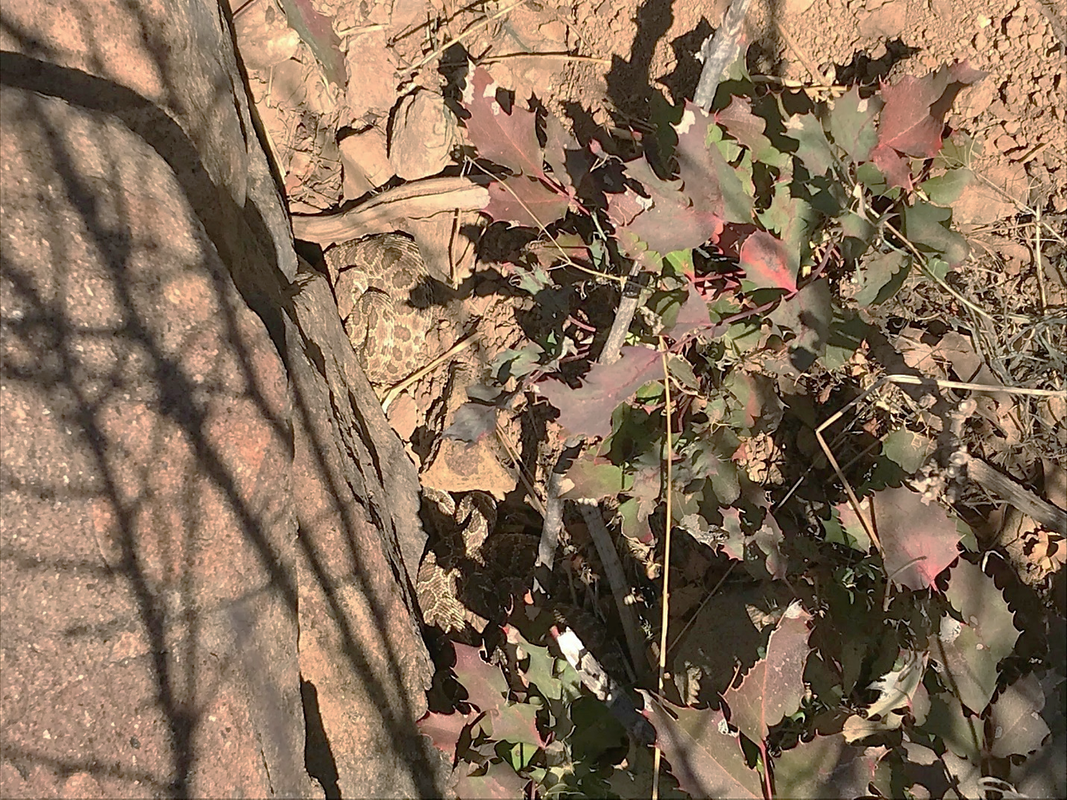
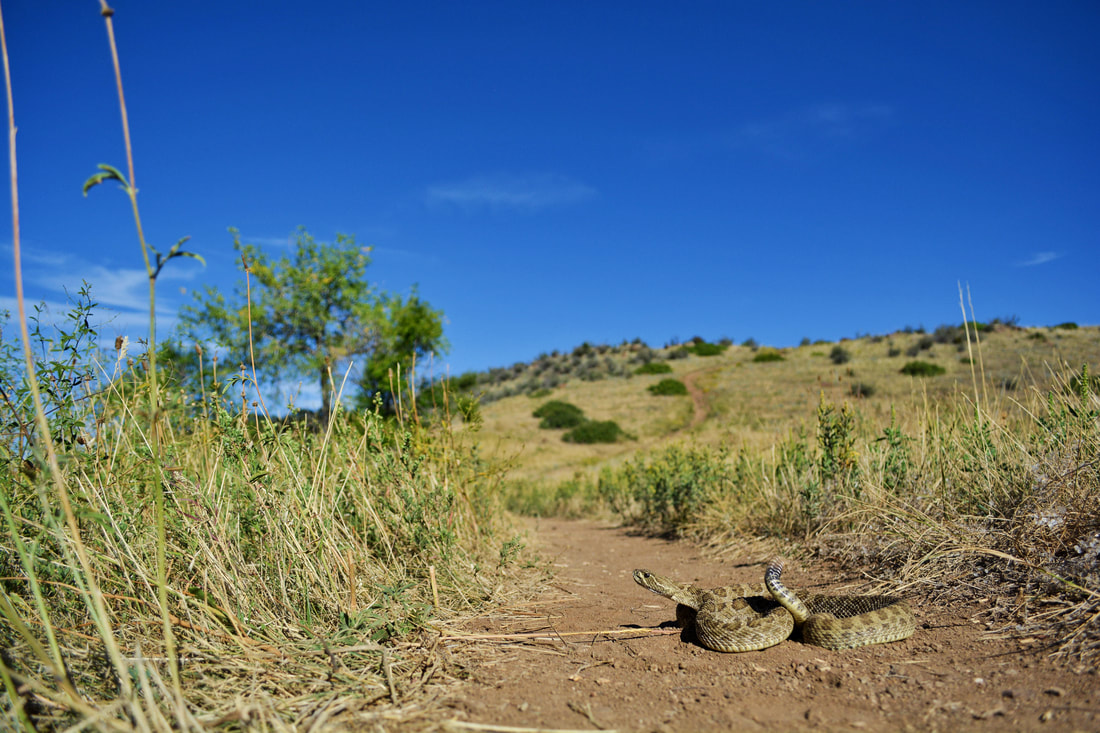
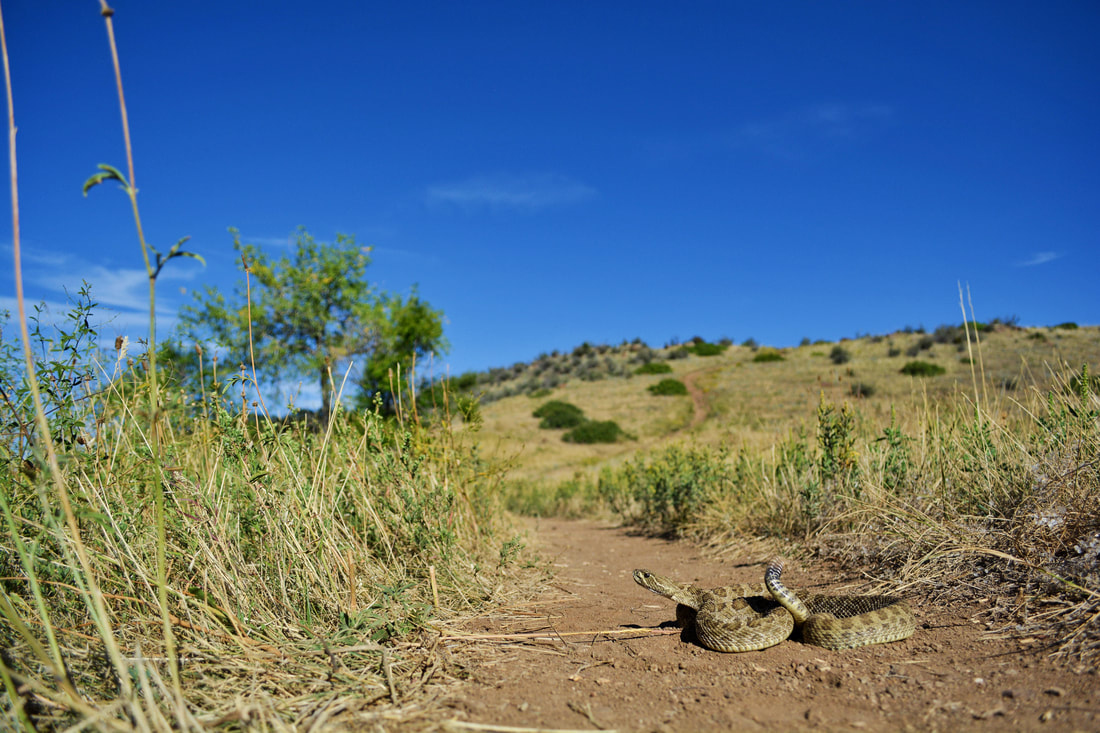
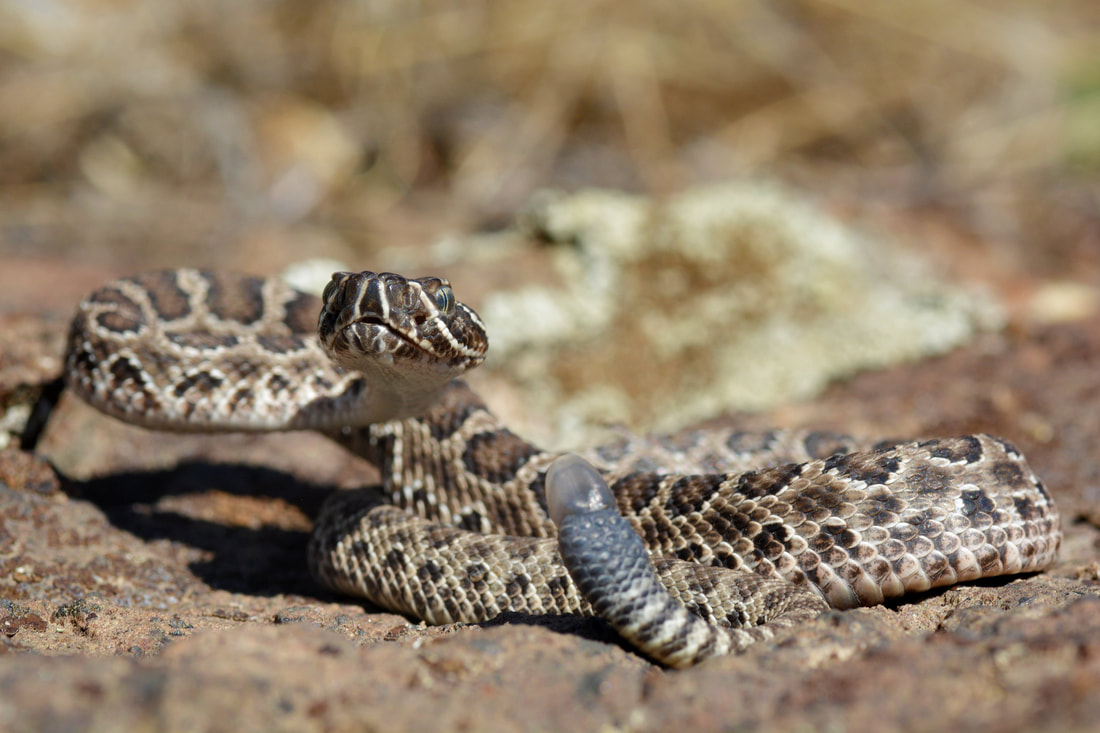
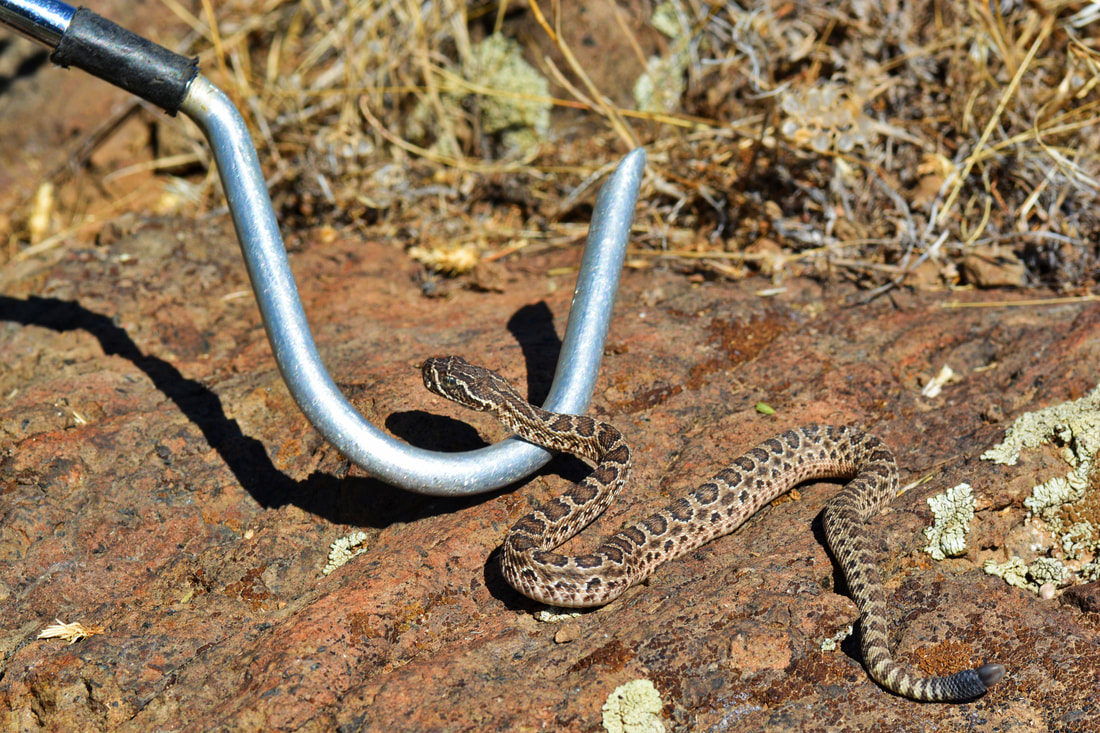
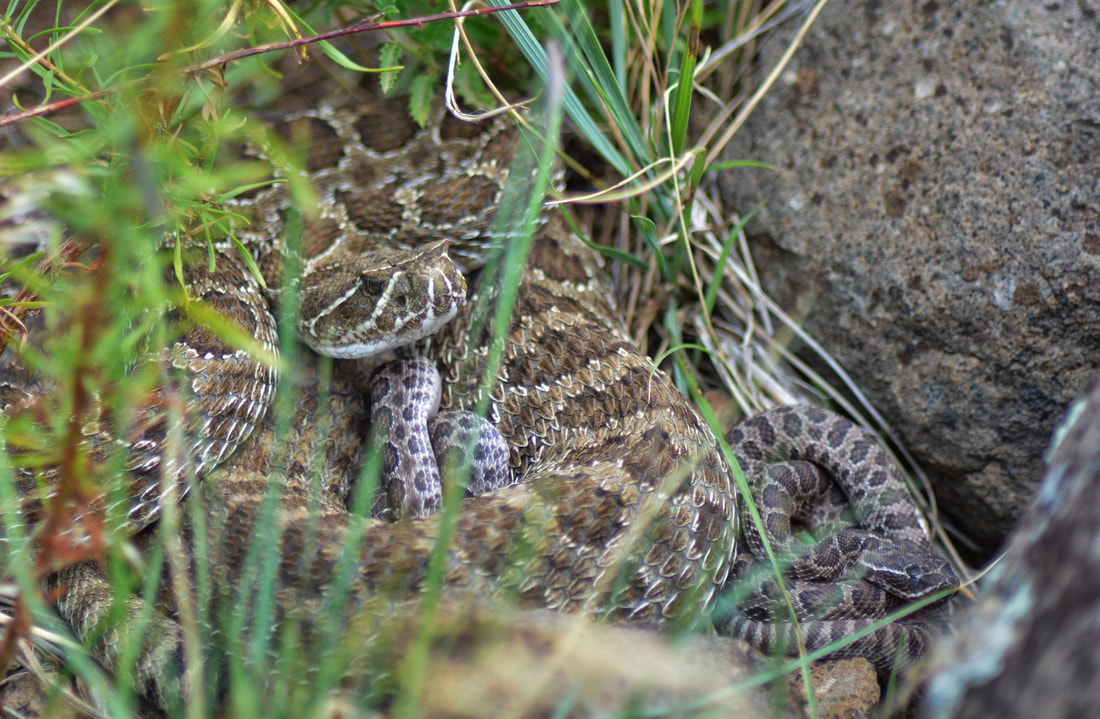
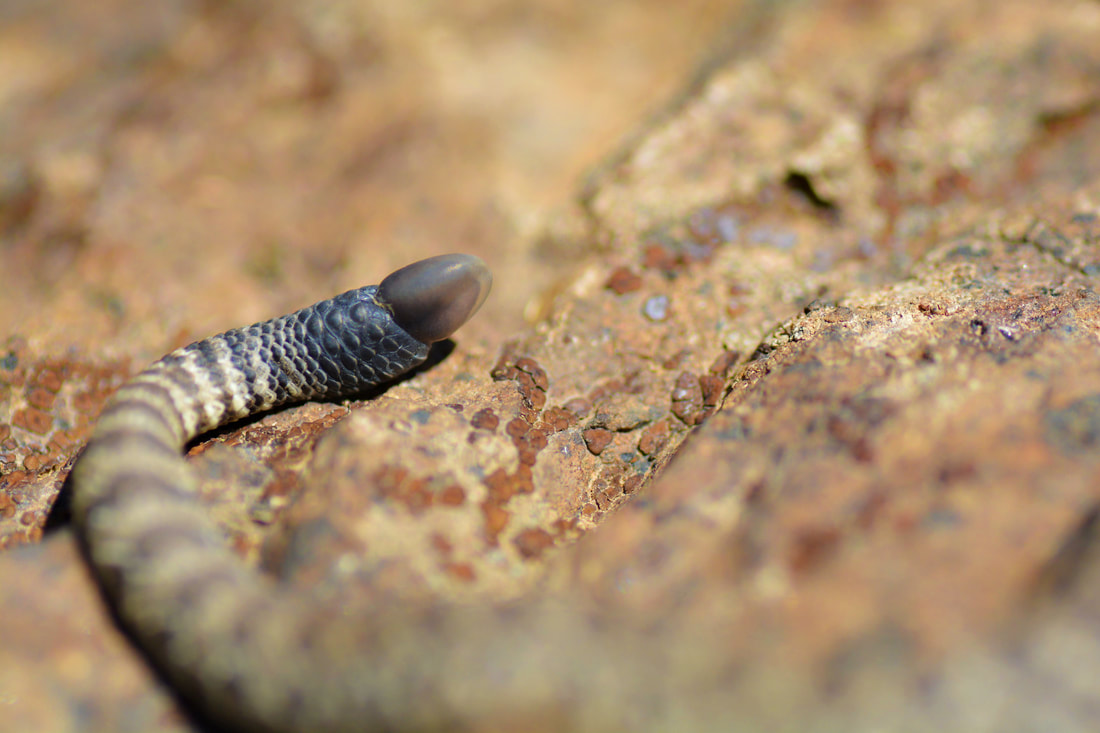
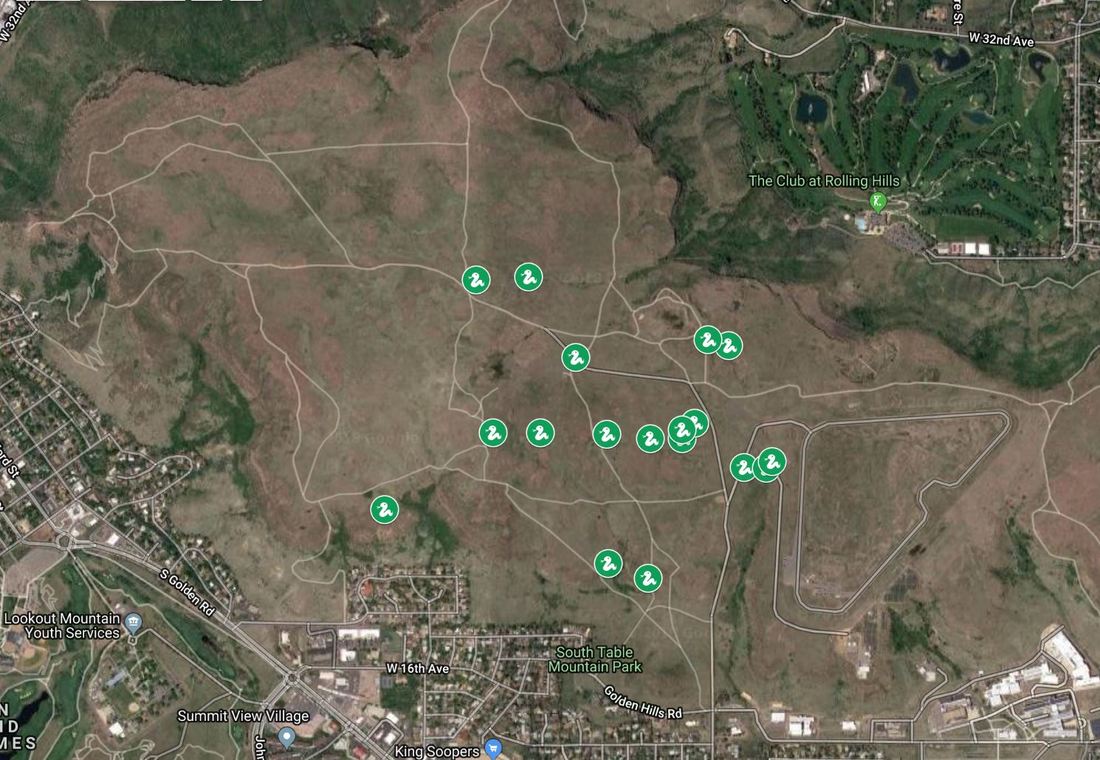
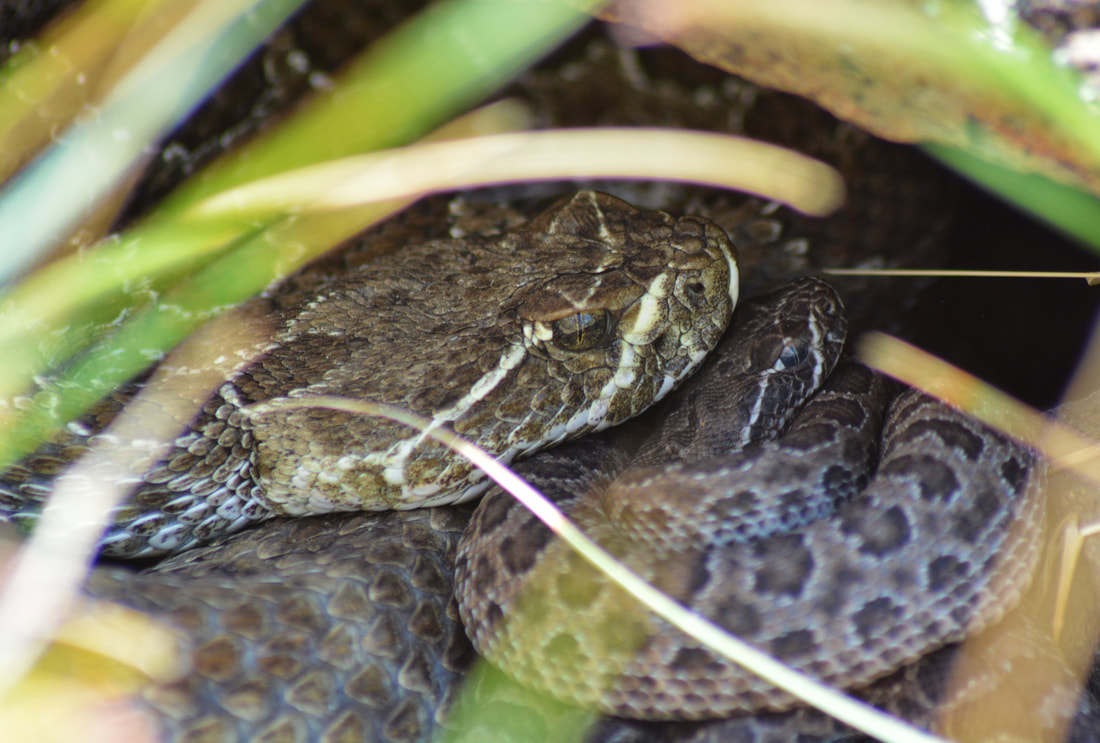
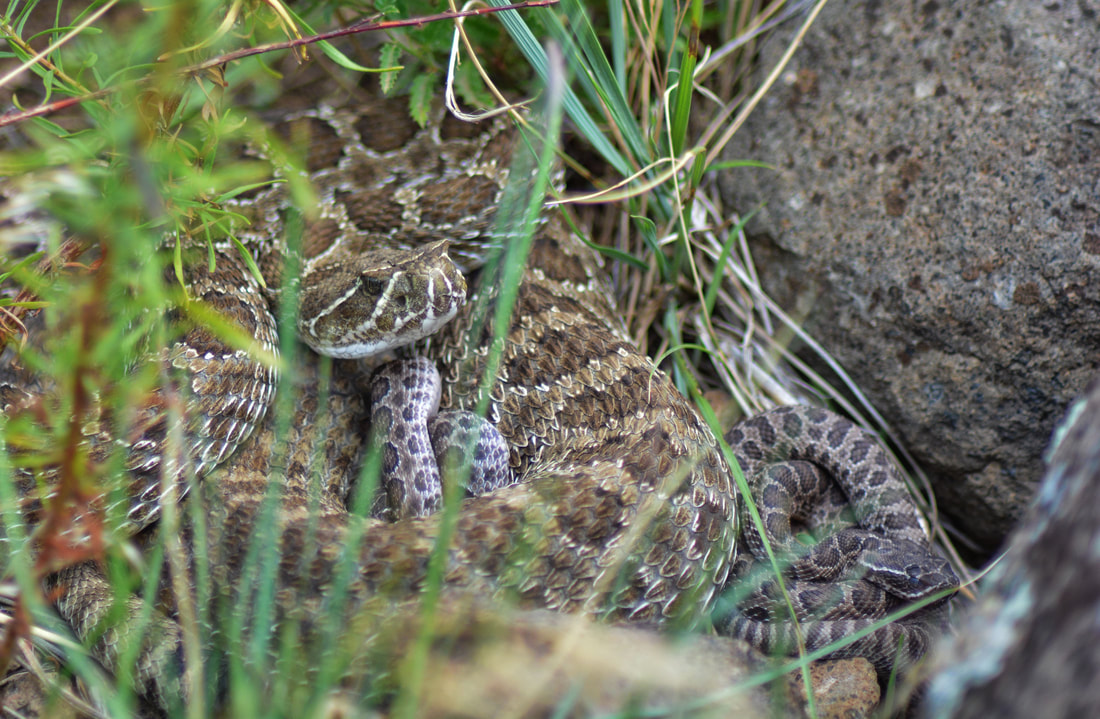
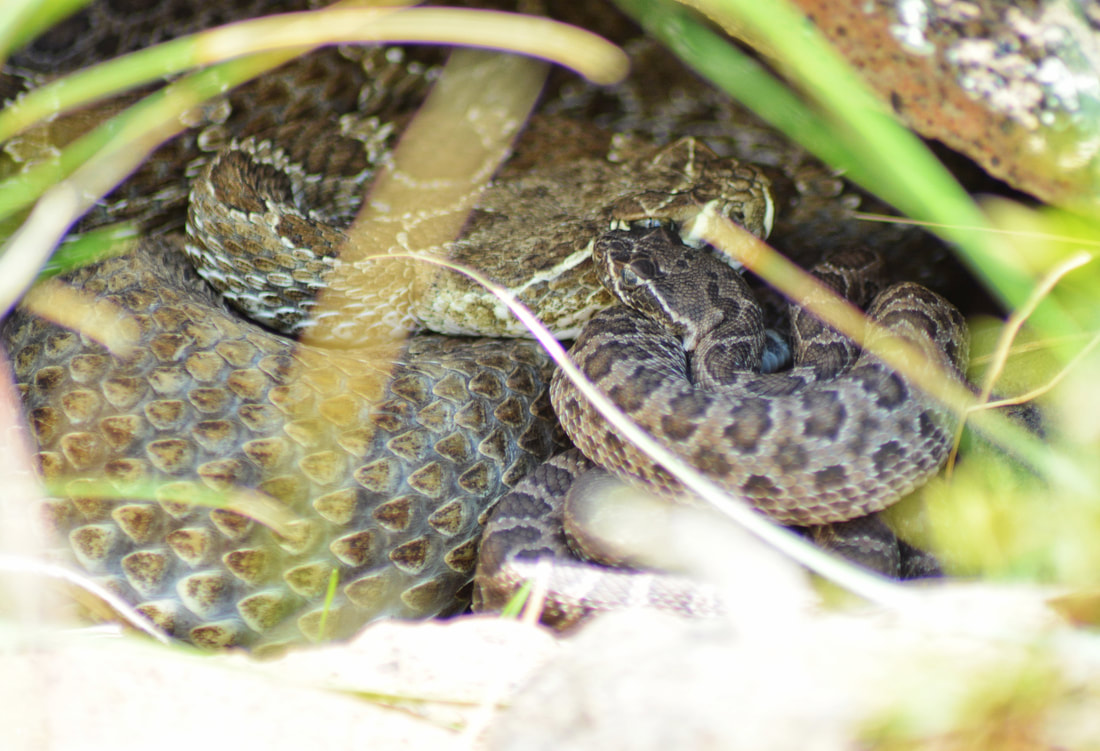
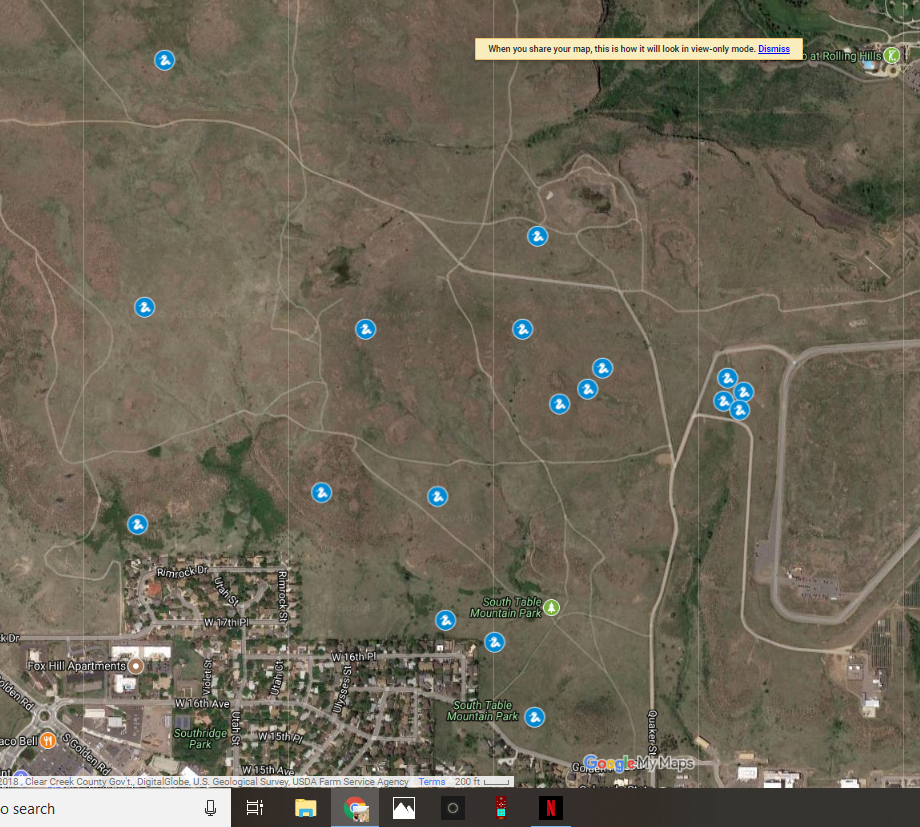
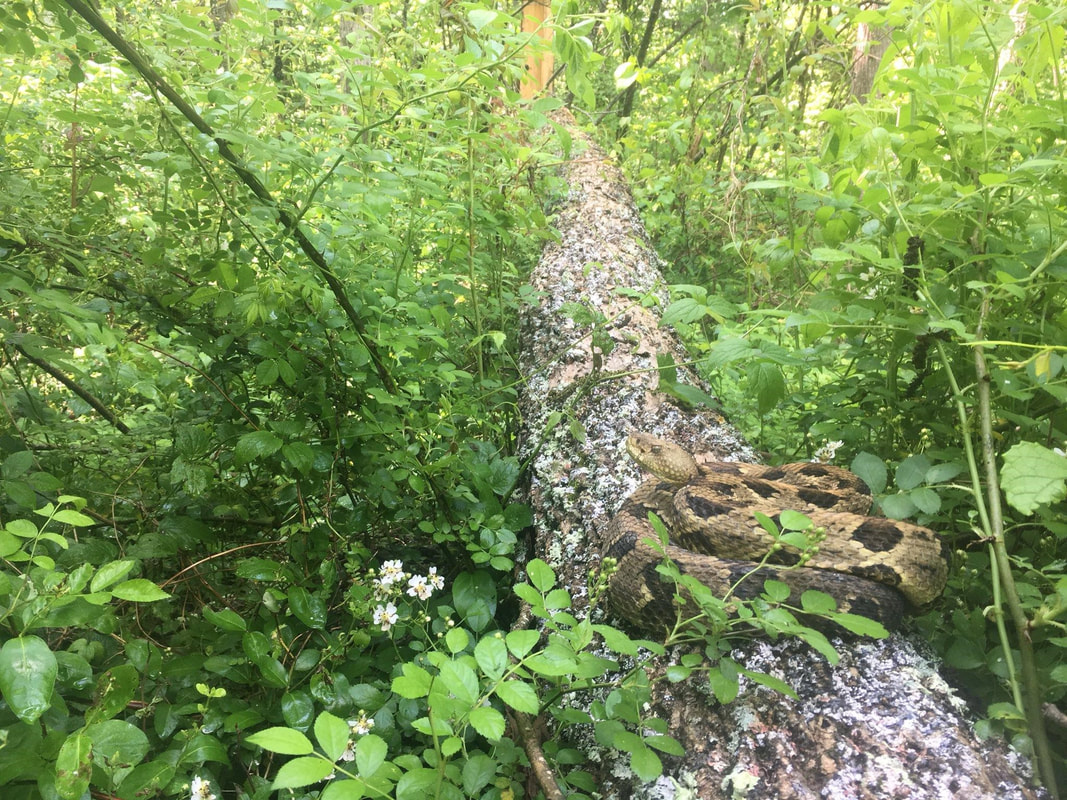
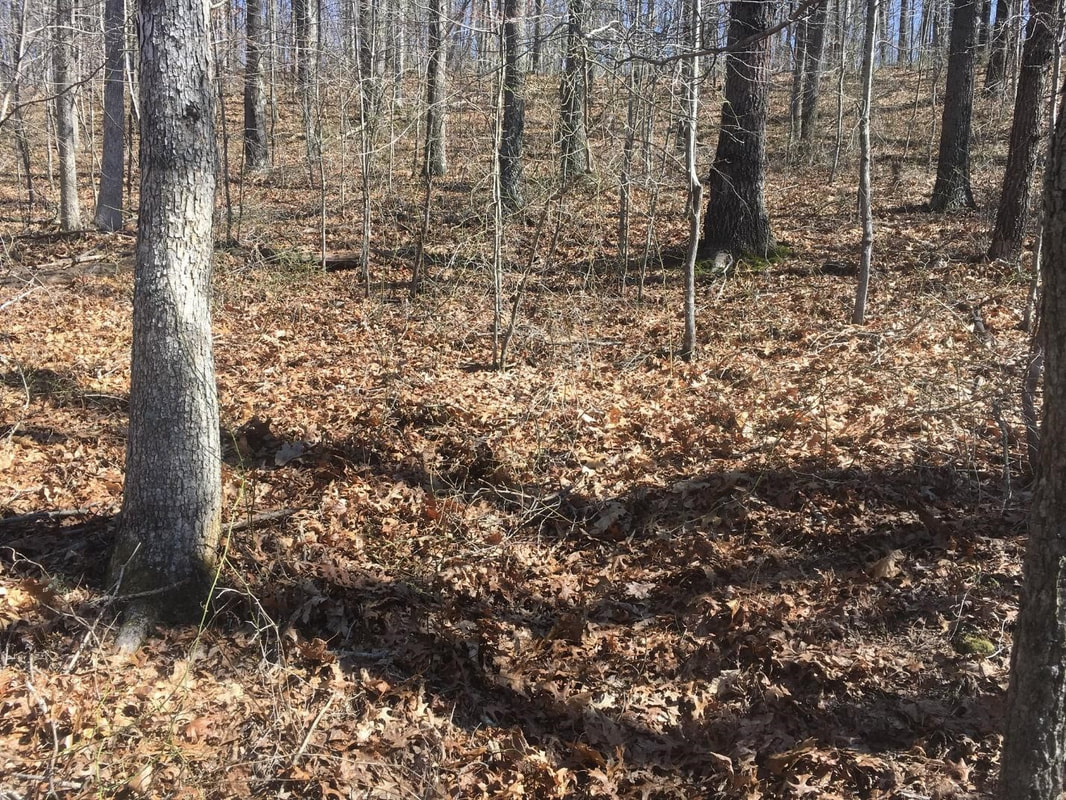
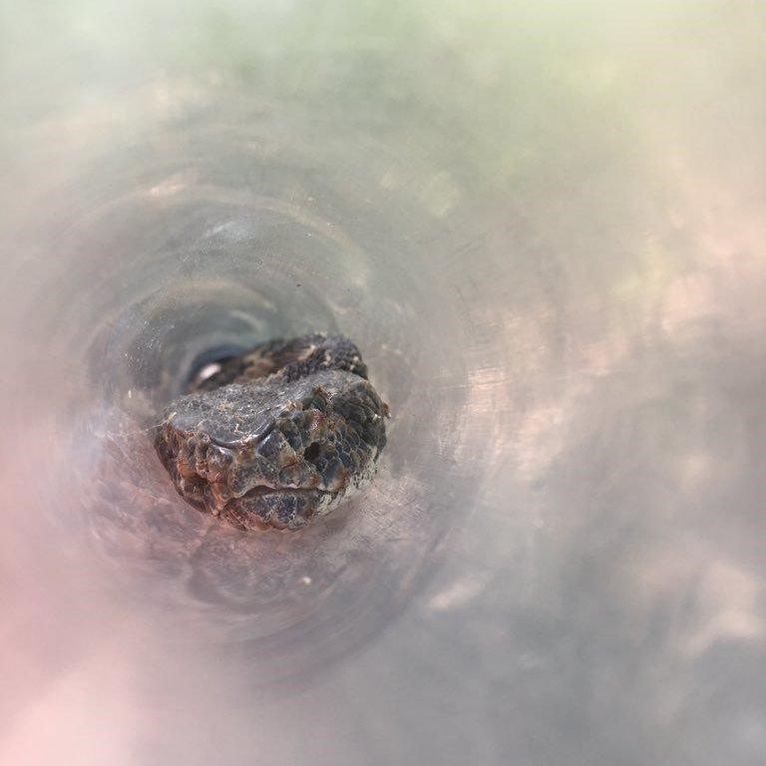
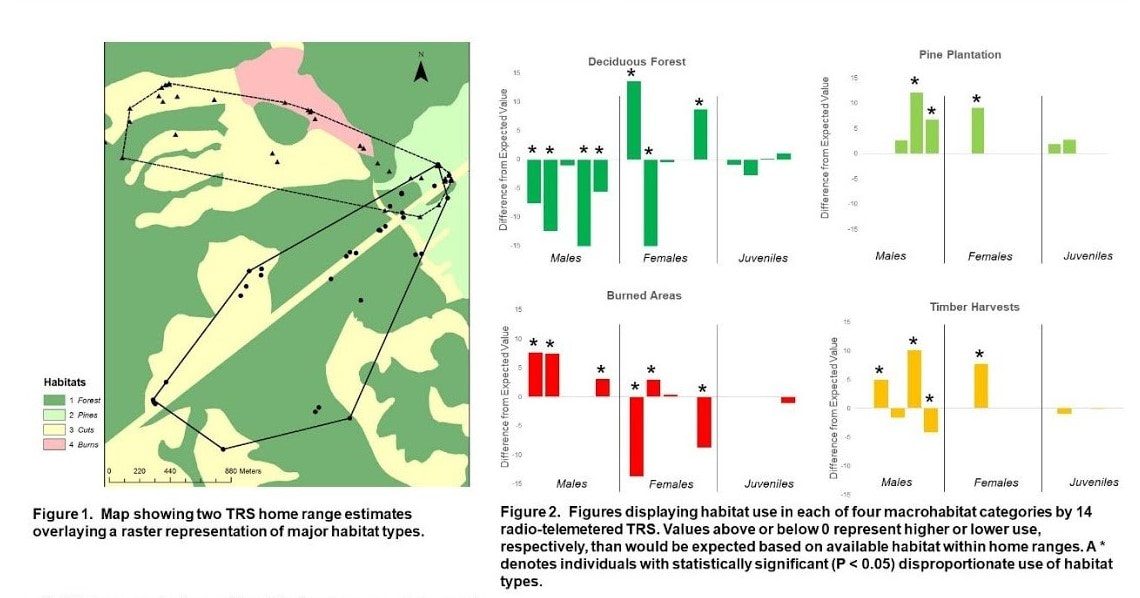
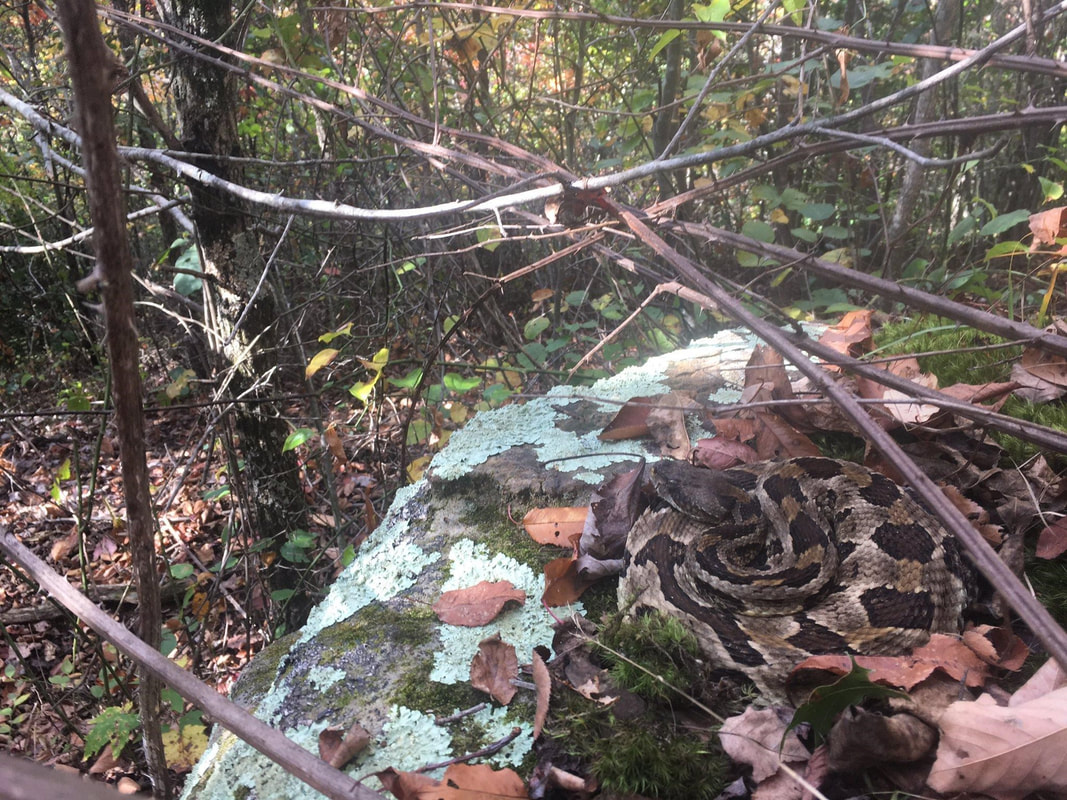
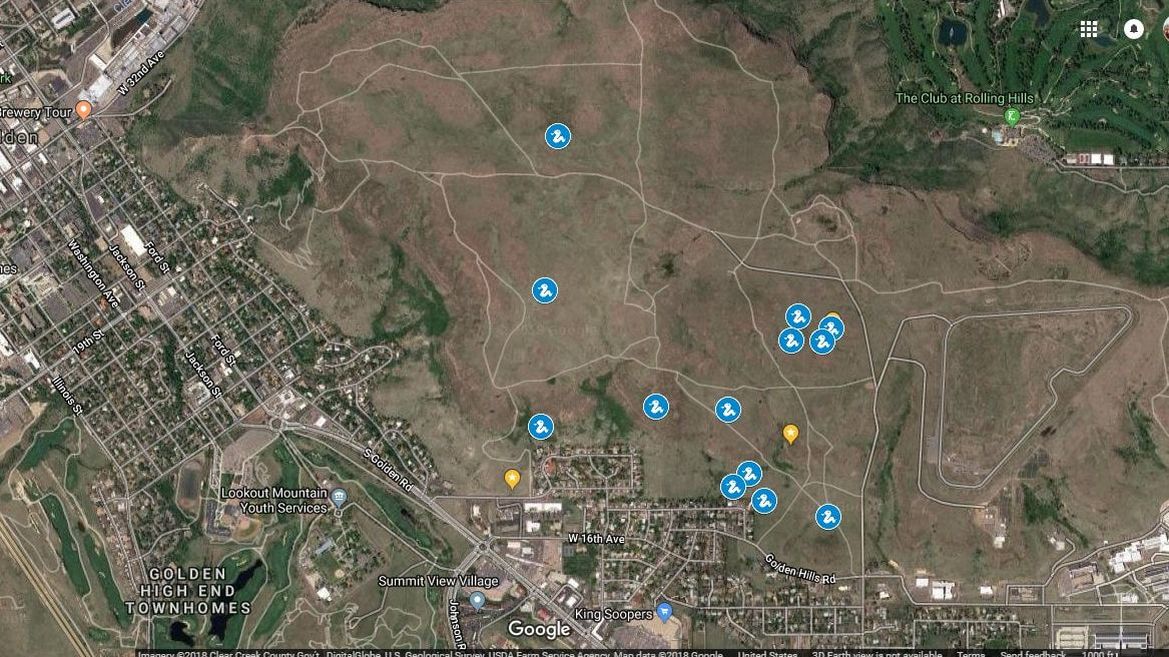
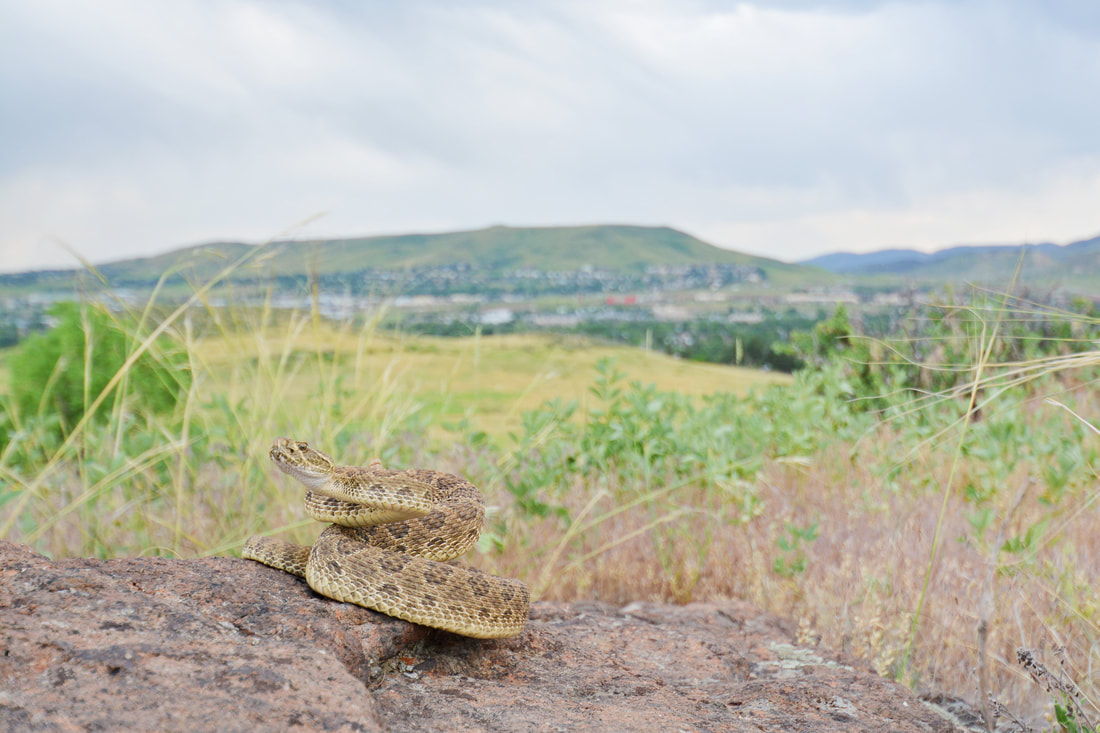
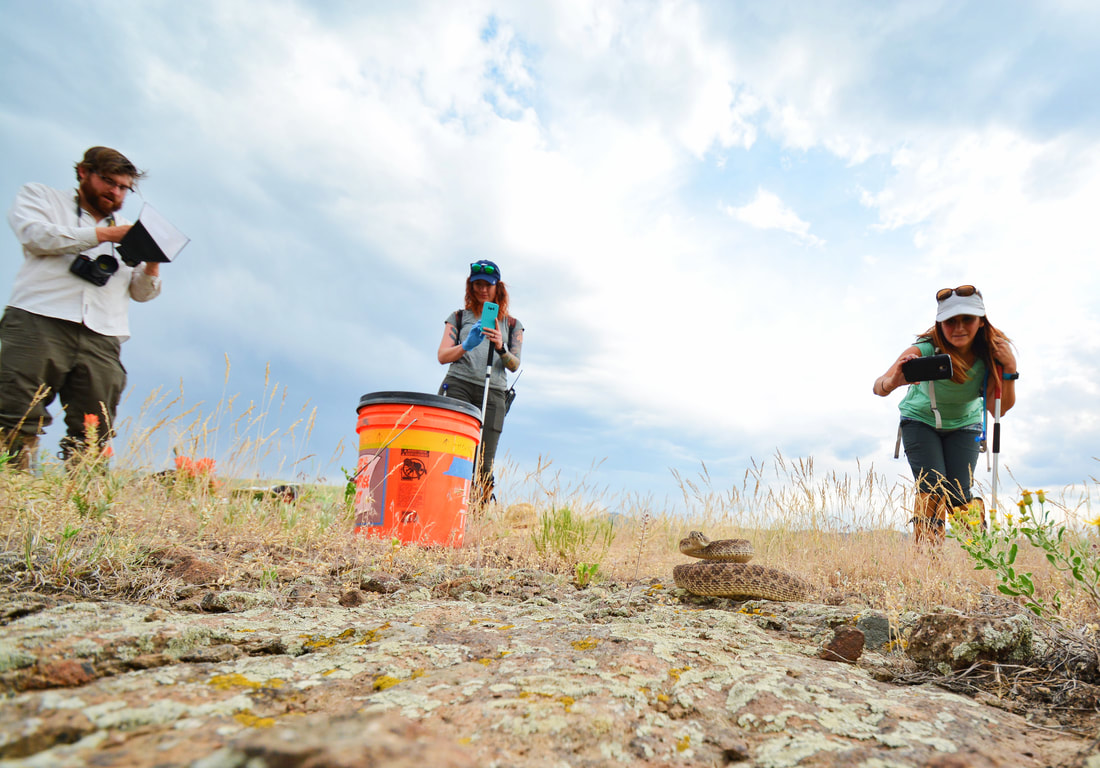
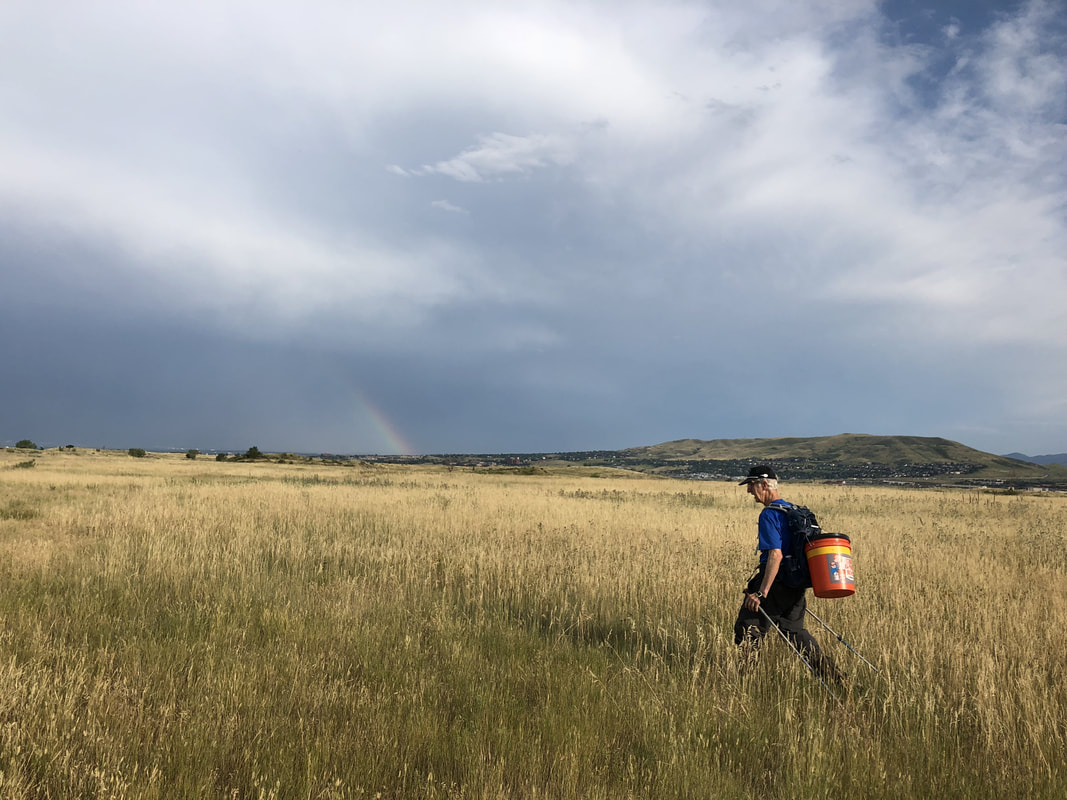
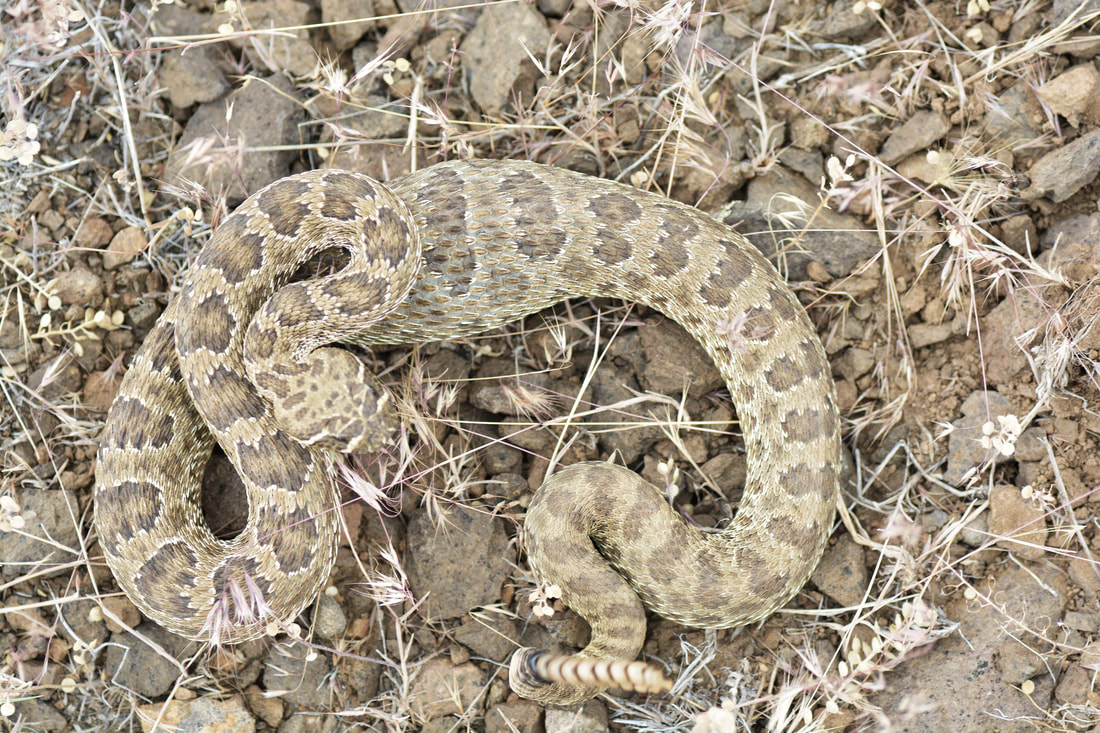
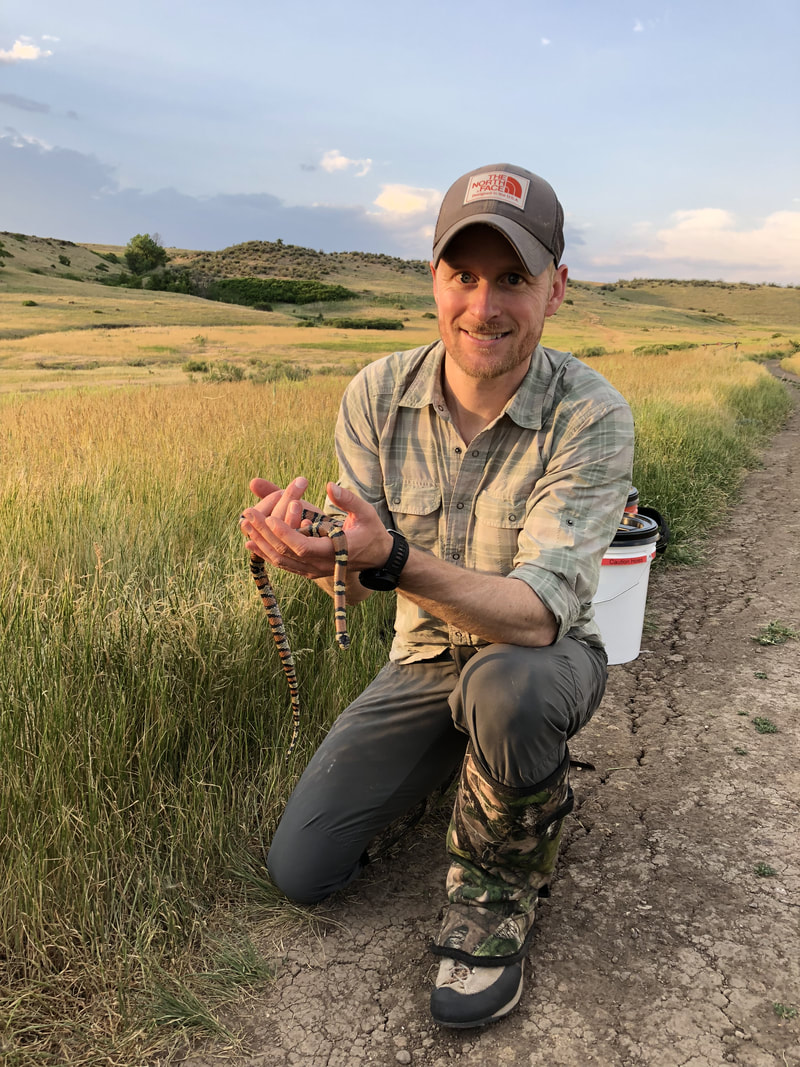
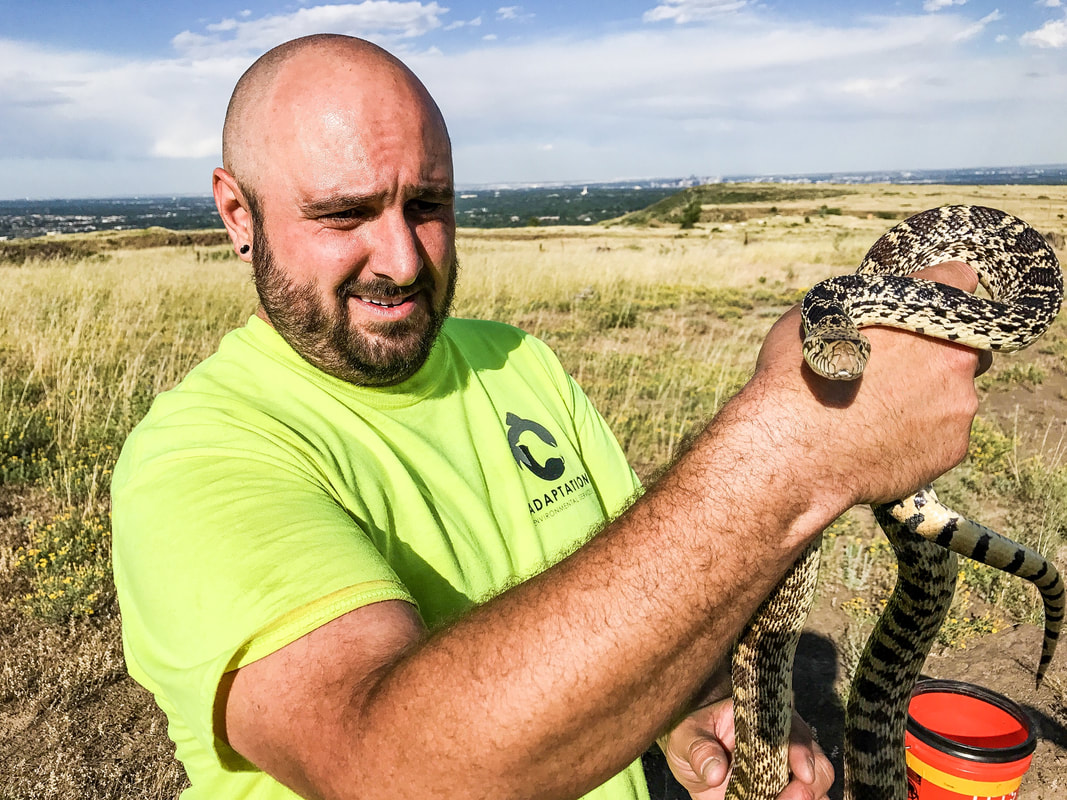
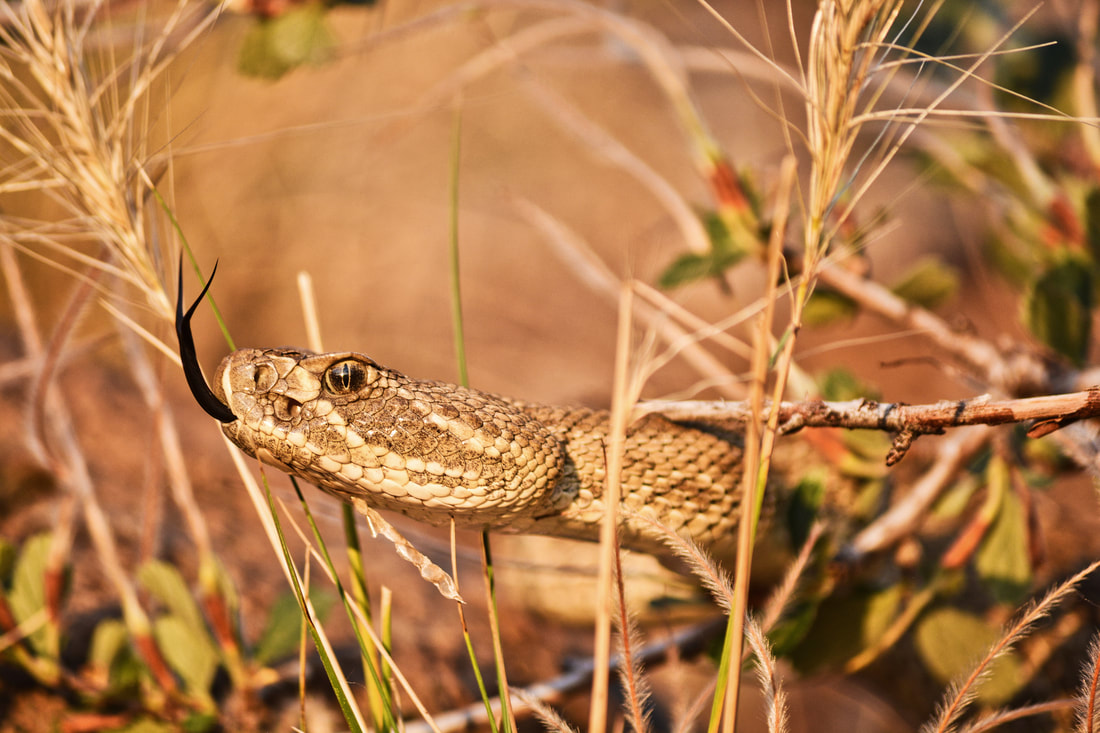
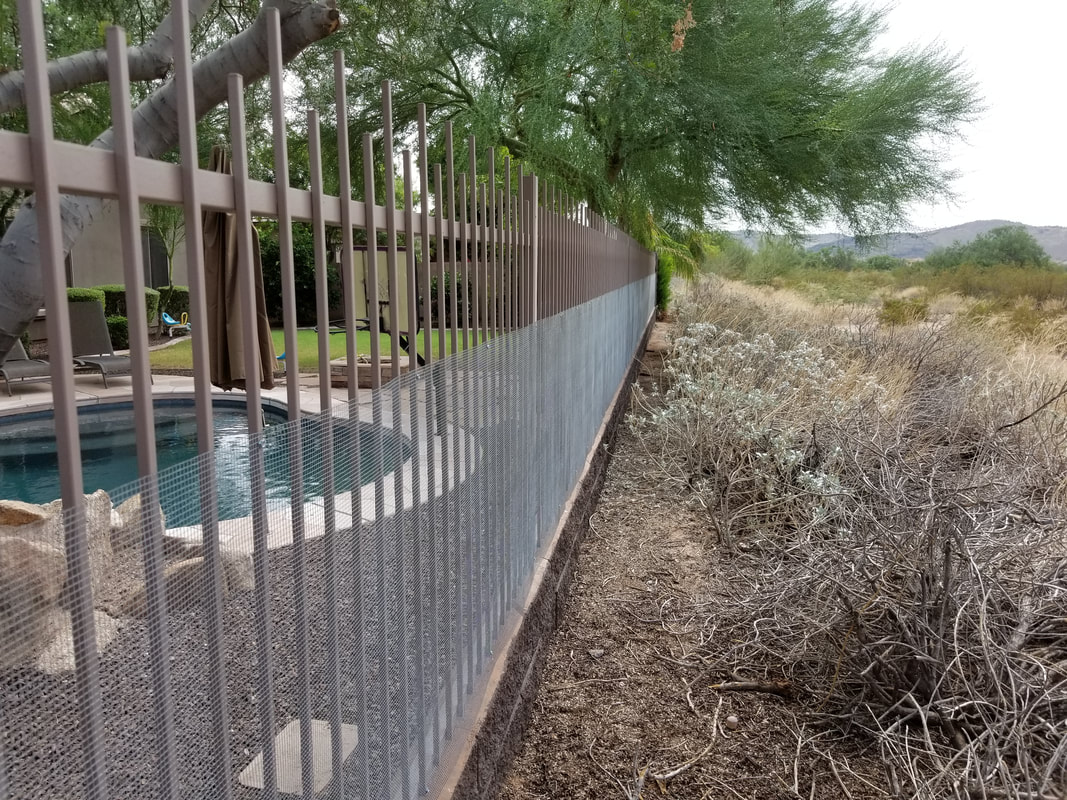
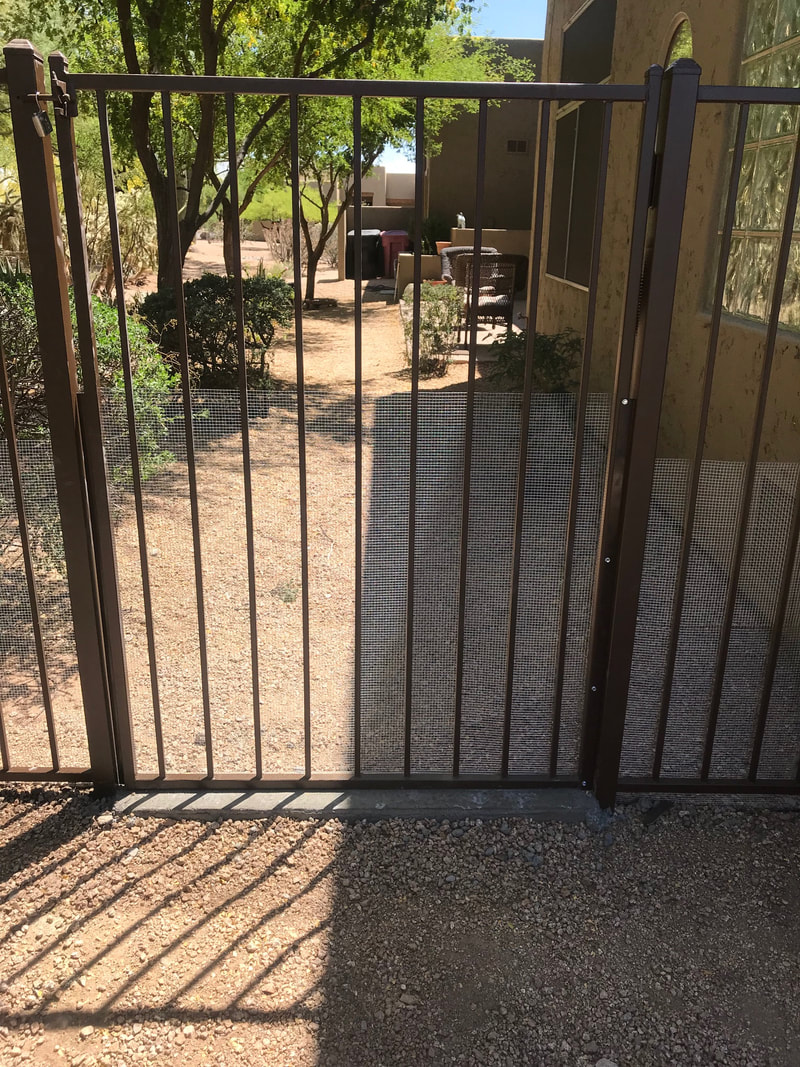
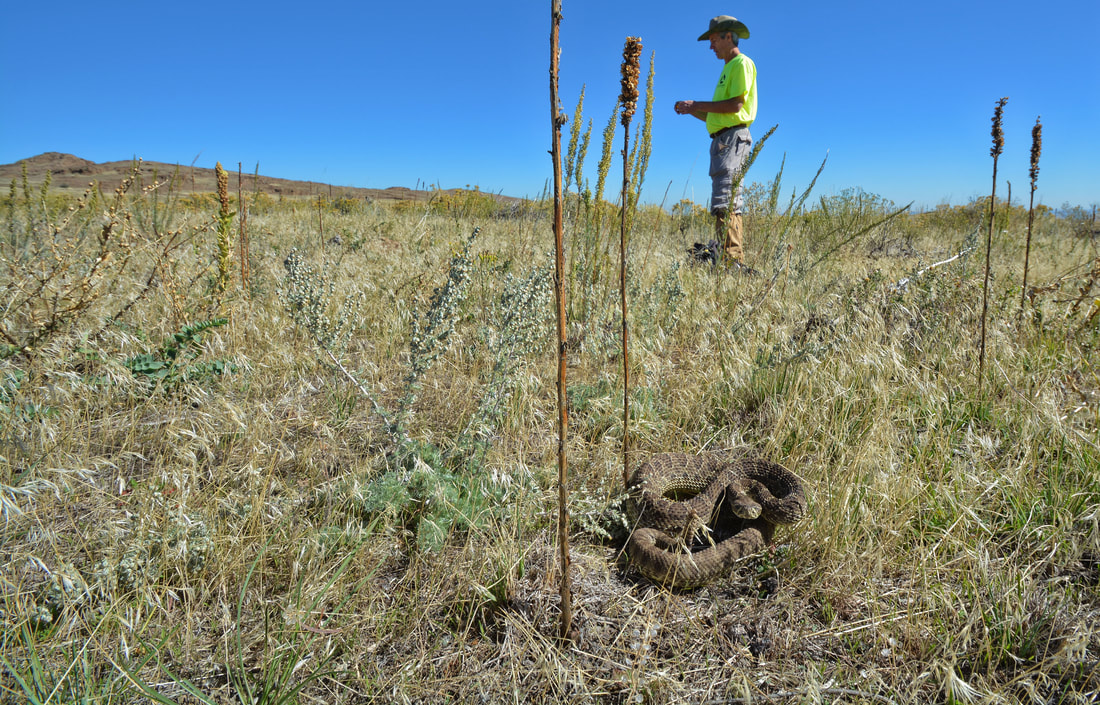
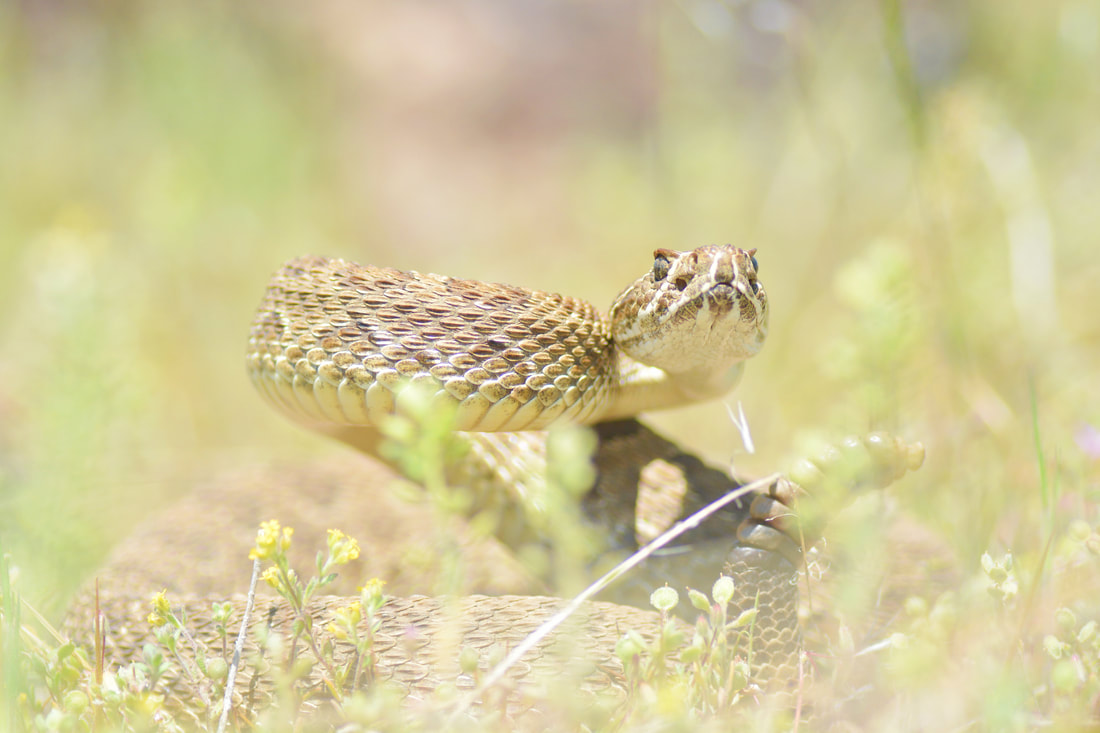
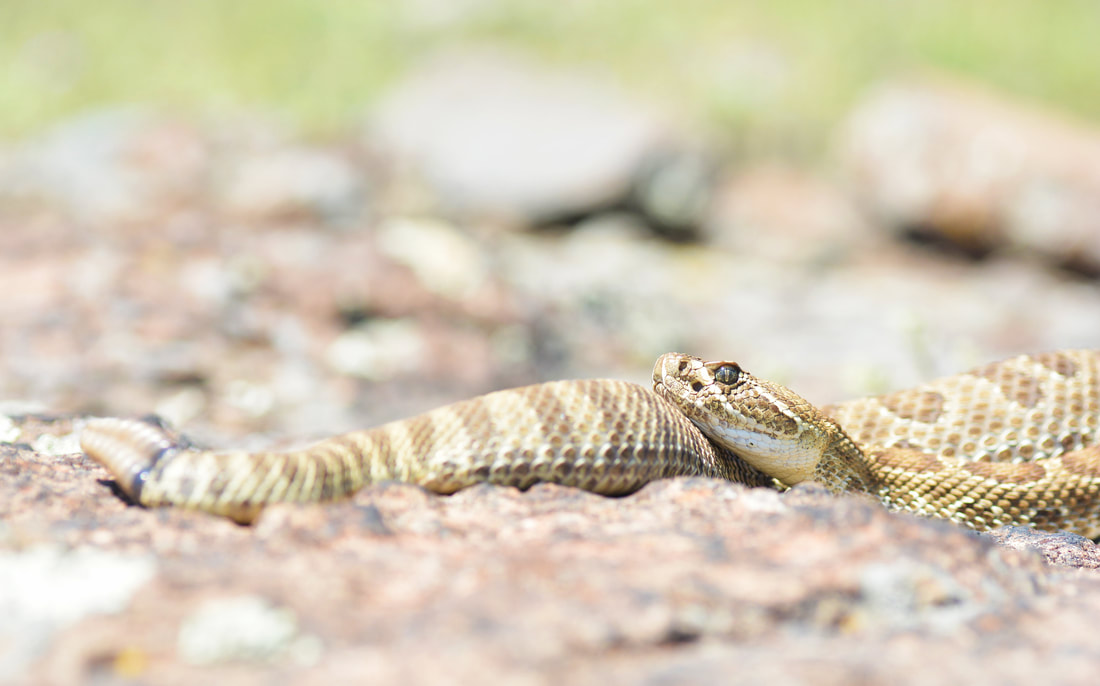
 RSS Feed
RSS Feed